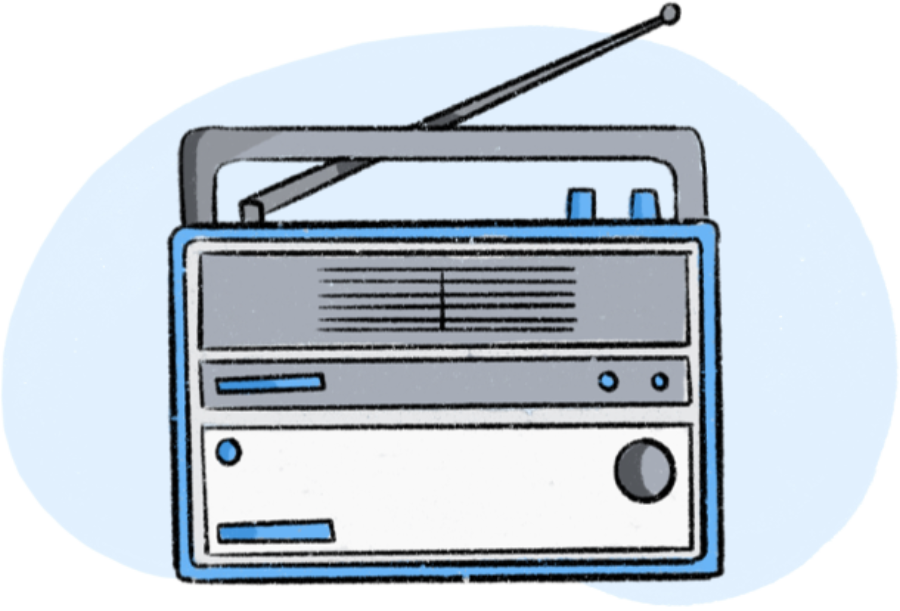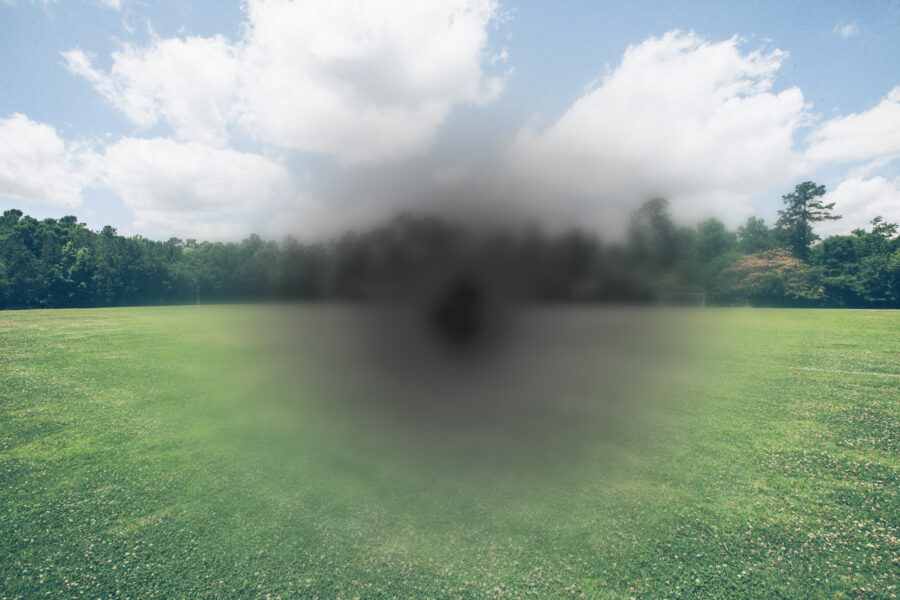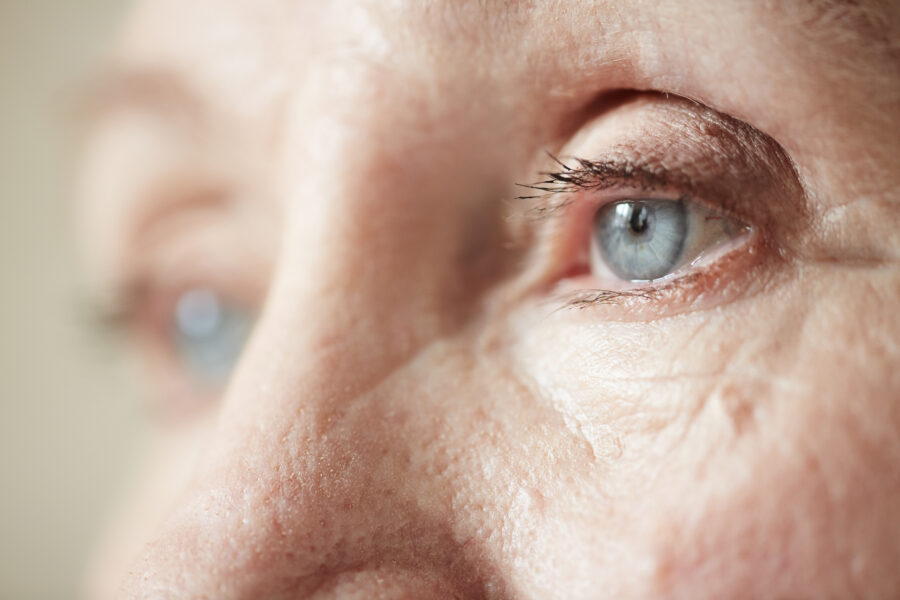

Blog post
6 crucial fire safety tips for individuals with sight loss or hearing loss
Fire safety is a critical concern for all individuals, but it becomes even more vital for those with sight and hearing impairments.
Ensuring the safety of you and your loved ones requires a proactive approach, as well as being aware of available resources.
1. Contact local authorities
First and foremost, you should make sure your local Fire Service and Social Services are aware of your specific circumstances. This is crucial in the event of an emergency. You can find the contact numbers for your local services in the phone book, via directory enquiries, or online at www.direct.gov.uk.
Register with your local Fire Service if you have sight, hearing, or mobility difficulties, or if you use oxygen. This registration ensures that the fire crew is made aware of your situation during emergencies. They may also be able to support you if you need help with things like setting up a smoke alarm.
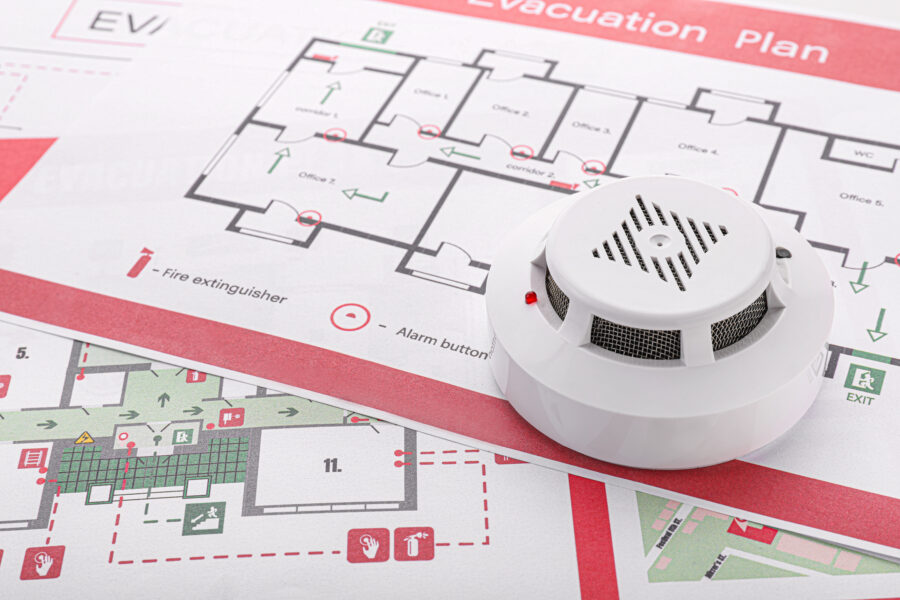
2. Smoke alarms
Smoke alarms should be fitted on every level of your home and you should test your smoke alarm batteries every week. Never be tempted to disconnect them or take them out if the alarm goes off by mistake.
If testing your alarm is difficult, ask somebody to do it for you or consider easy-access alarms that can be tested from the wall. The Disabled Living Foundation can provide more information on these products.
Make sure your smoke alarm is positioned in a way that will wake you up, such as in your bedroom, as most house fires happen at night.
If you have a hearing difficulty, consider a smoke alarm that uses a strobe light and vibrating pads. Alternatively, you can link the alarm system to alert you of any danger.
For those with sight difficulties, put a coloured sticker on your smoke alarm to make it easier to locate and test. You can also enquire with your local Fire Service about providing a coloured cover.
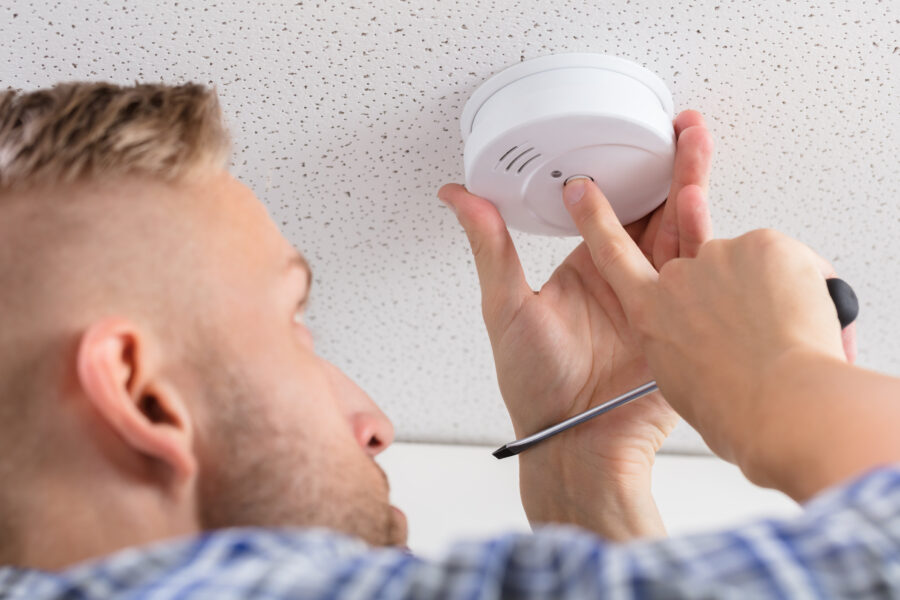
3. Electrical hazards
Extension leads and adaptors have a limit to how many amps they can take. Be careful not to overload them.
For those with sight loss, consider fitting bump-ons (also known as plastic blisters) to appliances as a way of making sure they are switched off properly.
You can check electrical leads regularly by touch. If they are frayed or faulty, do not plug them in or switch them on. If electrics emit a burning smell, turn them off and unplug them immediately.
Be cautious with electric blankets. Store them flat or rolled up to prevent damage and reduce the risk of fire. Also, avoid using them if they get wet; wait until they are completely dry before using them again. Never use a hot water bottle and an electric blanket together. Electric blankets should be tested every three years. Your local Fire Service or Age Concern may provide this service for free.
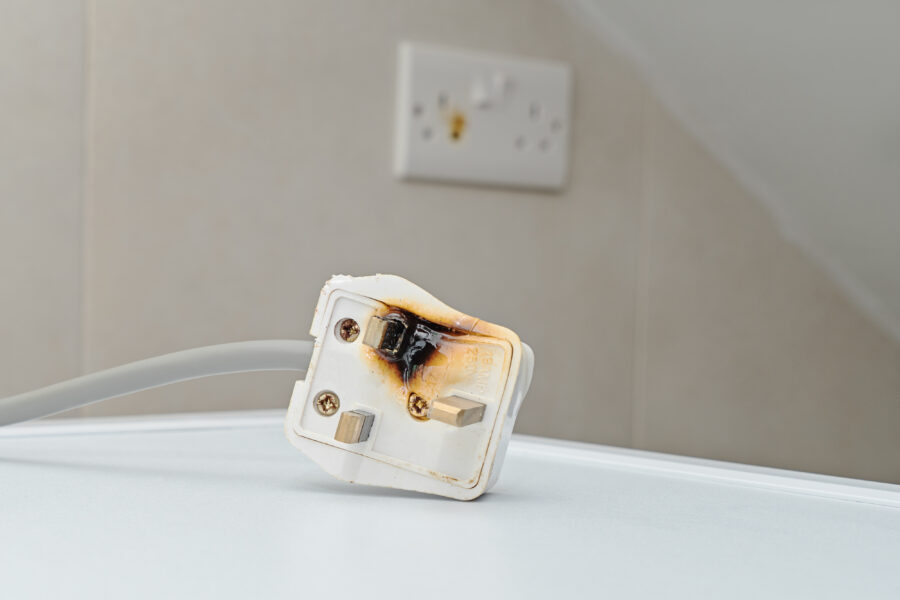
4. Non-electrical hazards
Lots of house fires are caused by cooking with hot oil, as it can easily catch fire, so take extra care when doing this.
Cigarettes should be disposed of carefully – make sure they are completely extinguished.
Always keep candles away from flammable materials, such as curtains.

5. Plan your escape routes
You should plan and practice multiple escape routes in case of a fire, day or night, ensuring that exits are kept clear and well lit.
Ensure you always have easy access to any mobility aids you may need, such as a walking stick. Keep a phone in your bedroom, ideally a charged mobile, for emergency calls. Keep keys where you can find them in case you need them in a hurry.
Be sure to learn how your house or personal alarm works, including any passwords or codes.
For those with sight loss, consider placing tactile indicators along your escape route to make it easier to find the exit.
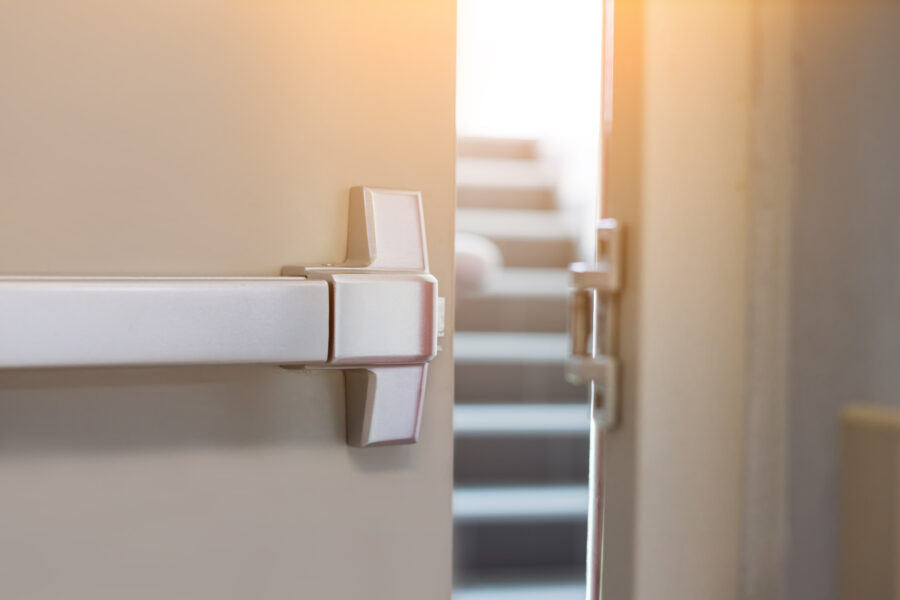
6. In the event of a fire...
At night, close inside doors to prevent the fire from spreading.
Do not attempt to tackle fires yourself. If possible, get out, stay out, and call 999 or press the emergency button on your personal alarm. If you have specialist equipment like a text phone or minicom, you can contact emergency services on 18000.
If you can't get out, stay in a room with a shut door, window, and phone, ideally at the front of the house. Block the bottom of the door with bedding to keep out smoke and open the window to call for help.
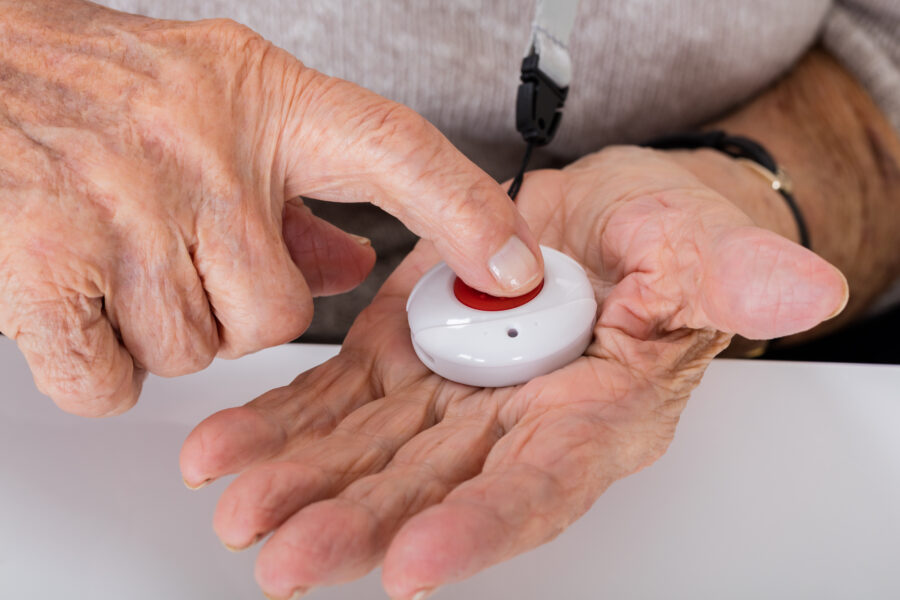
Remember, fire safety is a shared responsibility, and by taking these proactive steps, you can ensure your safety and that of your loved ones.


